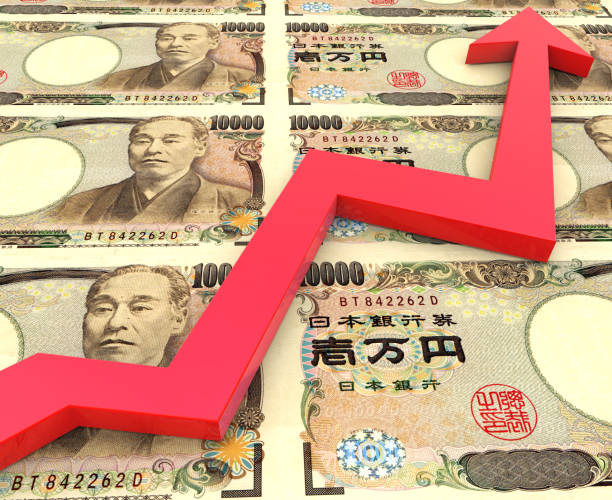Japan is grappling with a sharp rise in core inflation—the fastest pace in over two years—raising fresh concerns for its central bank and the embattled administration of Prime Minister Shigeru Ishiba. This analysis is based on recent reporting by the Financial Times, and here, we delve deeper into what these numbers really mean for Japan’s economic direction.
Core Inflation Hits 3.5%—Highest Since Early 2023
In April, Japan’s core consumer price index (CPI)—excluding fresh food but including energy—rose by 3.5% compared to the same month last year. That’s up from 3.2% in March and marks the highest level since January 2023. The more stripped-down “core-core” index, which removes both food and energy, still saw a hefty 3% year-on-year rise.
This uptick is partly seasonal. April marks the start of Japan’s financial year, a period traditionally associated with price hikes in sectors like dining, education, and entertainment. But this time, the inflation spike also reflects structural challenges and policy decisions that are starting to bite.
Bank of Japan Under Pressure to Act
The Bank of Japan (BoJ) now faces a tough balancing act. After years of ultra-loose monetary policy, inflationary pressure suggests the need for tighter controls. Yet the central bank has been cautious, fearing that sudden hikes could stall fragile growth.
Some, like Marcel Thieliant from Capital Economics, believe the BoJ is still on track to hike rates—possibly as soon as October. He argues that with headline inflation hitting 3.6% in April, the BoJ can’t afford to wait much longer. A July rate hike once seemed likely, but analysts are now betting on a move later in the year.
There’s also the bond market to consider. Yields on Japanese government bonds (JGBs) have been volatile, reaching record highs earlier in the week. While they eased slightly on Friday—10-year yields dipped to 1.549%—the inflation data is likely to stir up more unease among traders.
Ishiba’s Political Headache
For Prime Minister Ishiba, rising prices are more than just an economic issue—they’re a political liability. His government is already unpopular, and the inflation surge makes it harder to sell the public on policy continuity.
There’s also the international angle. Japan’s unresolved trade tensions with the U.S., particularly regarding President Donald Trump’s tariffs, add another layer of complexity. Any progress on a deal seems stalled, and that’s not helping Ishiba’s domestic standing either.
Currency and Market Movements Offer Mixed Signals
Interestingly, the yen actually strengthened slightly on the news, up 0.4% to ¥143.47 per dollar. Stock markets showed modest optimism: the Topix index rose 0.7%, while the Nikkei 225 gained 0.5%. But these are surface-level reactions. Dig deeper, and the mood among investors remains cautious, if not jittery.
Economist Krishna Bhimavarapu of State Street Global Advisors summed it up well: inflation could “augment the turbulence” in the long end of the bond market. The BoJ’s cautious stance might avoid short-term shocks, but it also risks prolonging high inflation that eats into household spending and dampens broader economic growth.
Living Costs Keep Climbing
April’s inflation wasn’t just about numbers—it’s already affecting everyday life. Government subsidies for gas and electricity were phased out, pushing up utility bills. Rice prices, despite policy efforts, nearly doubled compared to last year. And data from Teikoku Databank shows that around 4,000 food items saw price hikes in April.
Even services felt the pinch. Dining out, private school fees, and entertainment all got costlier—categories that particularly hit urban middle-class families. While some relief came in the form of free high school tuition at state schools starting in April, it’s unlikely to offset the broader rise in living costs.
What This Means Going Forward
Japan’s inflation surge is a wake-up call. It’s clear that price pressures are no longer just a post-pandemic glitch—they’re becoming embedded. The BoJ must now decide whether it sticks with its cautious stance or begins a more aggressive policy normalization.
For the Ishiba government, the stakes are just as high. Without a clear economic win or trade breakthrough, political support may erode further. Inflation isn’t just an economic metric—it’s becoming the defining issue for both Japan’s central bank and its government.
In short, April’s data isn’t just a blip. It’s a warning sign that Japan’s economic strategy needs a reset—and fast.


